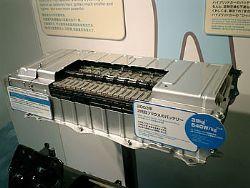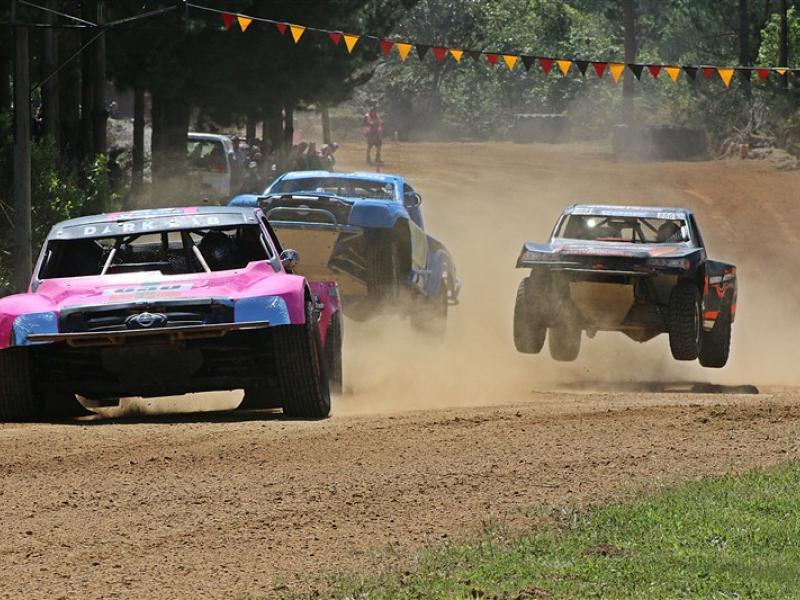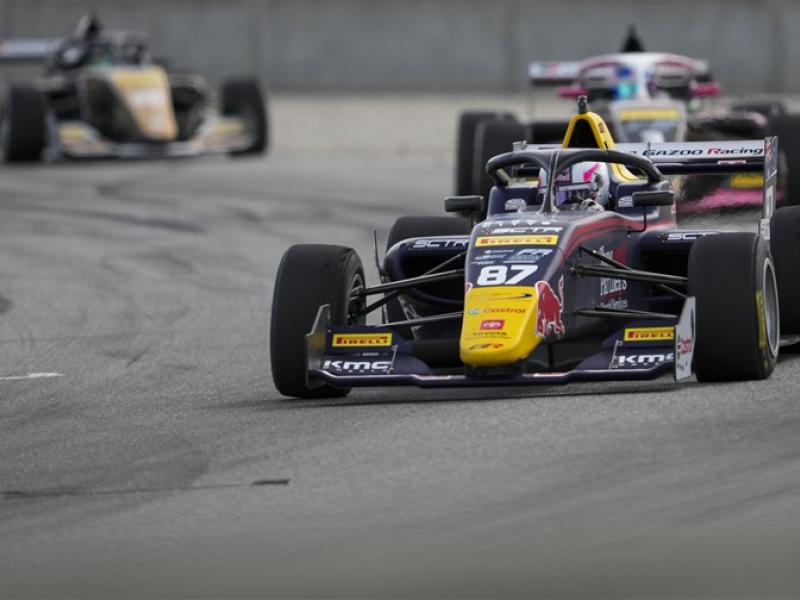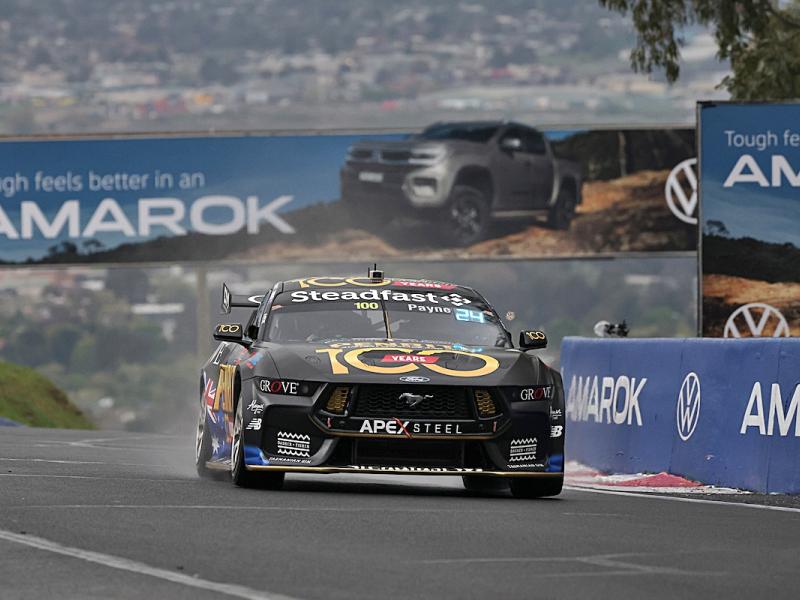Innovations in battery technology mean more variety on the shelves for consumers, Consumers however, often call upon automotive workshop personnel for information on how new generation batteries work and advice about what to look for when choosing a battery. Jenny Baker reports. The New Zealand automotive workshop industry is faced with an increasing array of choices in starter batteries in the light passenger vehicle sector. This is the result of several changes and design modifications over the last 30 years to the lead acid battery, in use longer than a century. Denis Martin, General Manager of Manukau-based Alco Battery Sales says a good car starter battery must provide a brisk burst of electric power when it is activated to power the starter motor, ignition system and lights of the car: “It’s also important that the battery is easily rechargeable, maintenance free, tolerant of temperature changes and vibration, and have a long life.” As well as distributing Alco maintenance free Calcium automotive batteries, Alco Battery Sales are the sole NZ importer of Trojan deep cycle batteries for marine, golf cart, cleaning and access applications. They are also the sole NZ importer of Raylite Solar Batteries. Established in Sydney in 1985, the company also distributes Fullriver & Ritar VRLA Absorbed Glass Mat(AGM) and Gel batteries. Older generation, conventional 12V lead acid batteries manufacturers used antimony to strengthen the negative lead grids, as pure lead is too soft to withstand the physical abuse of mobile applications. This however resulted in a new problem; outgassing, or loss of hydrogen and oxygen during use. These batteries required frequent water replenishing. Battery manufacturers consequently started using other elements, notably cadmium, calcium, and strontium to strengthen the lead grids. In addition, as computer technology came into mainstream use, onboard electronics place a higher electric power payload on the starter battery. The average modern passenger car has 11 electrical functions, such as alarm and sound systems; electrical windows; airbag controls; and transmission and speed controls. Martin says as oil prices steadily rose, lower vehicle weight became a priority for auto manufacturers. “These two issues meant battery manufacturers had to redesign batteries to get a better weight-power ratio from batteries. Today some vehicles, notably RVs and SUVs, often have two on-board batteries, a starter battery and a deep cycle battery to power accessories. Some manufacturers design their batteries to be dual purpose,” he says. Advances in micro circuitry also heralded the advent of electric vehicles, which use deep cycle batteries, and hybrid cars. A hybrid car uses a contemporary calcium-calcium starter battery, but combines a petrol-powered engine with an electric motor, powered by a nickel-metal hydride battery pack, to dramatically improve fuel economy and help lower emissions. The Toyota Prius, says Stephen Pollard, owner of Auckland hybrid car dealership The Clean Green Car Company, automatically recharges its batteries using regenerative braking, or by running the on-board generator. Pollard says the car’s onboard computer decides whether to drive using just the electric motor, just the petrol engine or both together to achieve maximum efficiency: “The Prius battery is an integral part of the car, designed to last the lifetime of the vehicle and has no maintenance requirements.” According to Pollard the next frontier is fully electric cars, using lithium ion battery packs. However, he says lithium ion battery packs develope excess heat. Researchers are working on the issue. Tesla Motors in America is marketing the Tesla Roadster, an electric vehicle working with lithium ion technology, but its six-figure price tag still keeps it firmly out of reach of the general public. Apart from increased electric demand and weight issues, ambient temperatures have and will always affect battery output. A car starter battery becomes less efficient at low temperatures, while the power required to start the engine becomes greater. In response to these issues, manufacturers developed the maintenance free battery. It is usually a wet battery whose design minimises gassing and consists of a sealed battery box that traps the gases. The battery contains enough acid to last the full service life of the battery without top-ups. Unfortunately, maintenance-free lead-acid batteries are expensive compared with an equal sized open lead acid battery, without gaining amp-hour capacity. “A sealed battery is also very sensitive to charging voltage…even a slight overcharge can release hydrogen gas, and cause rapid battery heating and permanent damage. “A sealed battery can also not be equalize-charged, because hydrogen gas released through the safety pressure relief valve cannot be replaced. The battery will dry out…sealed batteries have a much shorter life than open batteries,” Martin says. The first maintenance free battery, the lead-antimony battery, dominated the market around 20 years ago. Its successor, the lead-calcium battery, followed soon after. In this battery a calcium alloy replaces antimony on the negative grid. This substantially reduced gassing and water consumption, and thereby maintenance requirements. In recent years calcium-calcium battery technology came into the spotlight. Martin explains in this battery, the antimony on both the negative and positive plates is replaced by calcium alloy. A calcium-calcium battery consequently has about 80% lower fluid loss than antimony batteries and the self-discharge rate is lower. Efforts made in avoiding the gassing in addition caused bubbles to move about in the acid, mixing it thoroughly during charging. Without these bubbles the acid can stratify at different densities or acid weights, a common phenomenon. An acid weight at the bottom that’s different from that at the top, but giving the desired even weight, may cause the battery to be affected by sulphating and increased grid corrosion despite the battery being apparently fully charged. The downside is calcium-calcium batteries are more demanding to charge in the event of over discharge. When silver is added to the calcium alloy on the positive grid, the battery is called a silver-calcium battery. Silver inhibits corrosion and improves performance at high temperatures. The Valve Regulated Lead Acid or recombination technology is another design to control fluid loss in the battery. In this case the battery box acts as a pressure vessel with safety valves. The oxygen and hydrogen gases inside the box react with each other and reform into water, virtually eliminating fluid loss. Recombination technology is available in the Gel or Absorbed Glass Mat designs. In a gel battery silicon is added to the acid to gelatinise it. Acid can therefore not leak out. Oxygen burrows channels through the gel from the positive to the negative plate, where it recombines with hydrogen into water. Gel batteries have excellent capacity but the higher resistance in the acid limits their application as starter batteries. They however withstand over-discharging very well. In Absorbed Glass Mat or AGM batteries, a fibreglass separator absorbs the acid and keeps it in place. These separators can be very thin, which keeps the internal resistance low. This allows high power leverage from a small volume, making it ideal as a starter battery. AGM batteries often have a somewhat higher acid weight than similar batteries of a different design, so it can, and often should be charged at a higher voltage, too. More developments are afoot: “Due to the increase of electric power payloads in modern cars, battery manufacturers are considering an 18-cell lead acid battery system with a nominal 36 V proposed. This may then power functions previously powered by hydraulics, further shedding weight from vehicles,” Martin says. With a product offering that includes from starting and automotive applications to sealed valve regulated lead acid, deep cycle and solar batteries, Martin says ALCO can meet almost any battery requirements. “Because of our expansion into new products and technologies, we now have one of the most comprehensive battery ranges available in the world,” he says. Martin is particularly proud of Alco’s Trojan deep cycle product range: “Trojan has been the world’s leading manufacturer of deep cycle batteries since 1925, and has a well-earned reputation for durability, reliability and performance. Trojan batteries deliver power for the most demanding equipment, even in harsh conditions,” he says. MEN also spoke to battery sellers, Century Yuasa and Repco about uptake of innovations in their product ranges. Ward Lye, product manager for Century Yuasa in Manukau, says the company’s battery technology is ideally suited to New Zealand’s extreme climatic conditions and the result of independent market research Century Yuasa did in 2005. Century uses Sealed Maintenance Free Calcium Technology: “Cold operating temperatures place greater demands on a battery in terms of both cranking amps (CCA) and reserve capacity. “This is because as temperature drops, the available capacity from the battery also reduces,” Lye says. He explains on cold winter mornings, the power needed to start the engine, coupled with running multiple electrical loads for occupant comfort and often in heavy urban traffic, will ultimately drain power directly from the battery due to the inability of the alternator to supply the required current. This constant shallow cycling can be as detrimental to battery life as high temperature operation and so a degree of over sizing is important to meet critical loads and minimise the depth of shallow cycling. The market research also addressed the needs of the consumer in terms of lifespan, safety, ease of handling and maintenance expectations. To satisfy each of these, Century Yuasa adopted a specific battery design. The design incorporates several features. These are long life lead expanded calcium grids, a true sealed maintenance free lid, water saving electrolyte recombination technology, maximum CCA and reserve capacity, safety spark arrestor plugs, built in State of Charge and Electrolyte indicators and a fold away ergonomic carry handle. Says Lye: “While other battery distributors claim to supply Sealed Maintenance Free batteries, some designs do not have important life span and safety features. Century Yuasa does not use a generic design lid with screw-in top caps typically covered by a top label. “Such systems are designed as a shortcut to enable a single lid type for all battery variants. They do not efficiently recombine gasses into electrolyte within each cell thereby risking premature failure through water loss – their design is typical of vented batteries. These single lid systems can also be void of safety arrestor plugs thereby risking potential ignition and explosion of the gasses from within the battery. “Consequential losses to property from negating such safety features can be severe. Century Yuasa’s life prolonging and safety systems guarantees consumer peace of mind.” Century Yuasa’s “Sealed Maintenance Free Calcium Technology” is accredited to International Standards and is manufactured to cover JIS, DIN, BCI and Australian Standard configurations. He says in addition the Expanded Calcium Grid Technology used in the battery does not use low cost recycled alloys: “To give the consumer the best possible lifespan and performance from their batteries, Century Yuasa relies on the high purity offered by utilising virgin lead alloy for their battery grids.” Repco New Zealand Category Manager Auto Electrical Ray Dobdon says Repco responded to vehicle electrical specifications that altered after 1997 by introducing the Champion Battery Range to their stores. “The vehicle electrical specification changes have generally meant that higher electrical loads are expected of batteries. In response to this higher alternator charge rates are being used to maintain these batteries. “In addition to increased charge rates, vehicle design changes have boosted under bonnet temperature. This in turn has led to most battery manufacturers changing the internal design technology of their batteries to combat heat and the changes in the batteries’ environment,” he says. Repco has a range of Champion Batteries for later as well as older model cars, 4 x 4s, sports utilities, vans, trucks, tractors, ride on mowers, wheel chairs, marine, and motorcycles. These are Champion Powerplus and the premium PowerplusX, for vehicles produced after 1997, and Champion Heavy Duty Batteries for older vehicles with lower alternator voltage outputs. Dobson says the Champion PowerplusX AG9 battery range, using silver calcium technology, is designed specifically for OEM car manufacturers worldwide. “Having introduced the AG9 silver calcium line allows resellers and customers to get the best available technology and flexibility in a range that resellers can adapt to their local market. “Using a higher capacity battery where a lower capacity battery could serve, delivers longer life and better reliability, in turn saving money in the long run,” he comments. He says the 12 models in the AG9 silver calcium range are sealed, maintenance free, heat and vibration resistant and fitted with a state-of-charge indicator. They have a 36-month warranty and fit amongst others late model Ford, Holden, Mazda, Mitsubishi, Nissan, and Toyota passenger cars and recreational vehicles. Repco also recently added a deep cycle range to its product offering, and expanded the motorcycle range with fully sealed, fully charged maintenance free products. Comments Martin: “New generation batteries do not need a lot of maintenance, but pose additional technological challenges, in particular with charging…automotive workshop personnel will do well to keep abreast of these requirements.”
Heavy Metal Rules
Heavy Metal Rules
Motorsport
Wednesday, 14 May 2008






